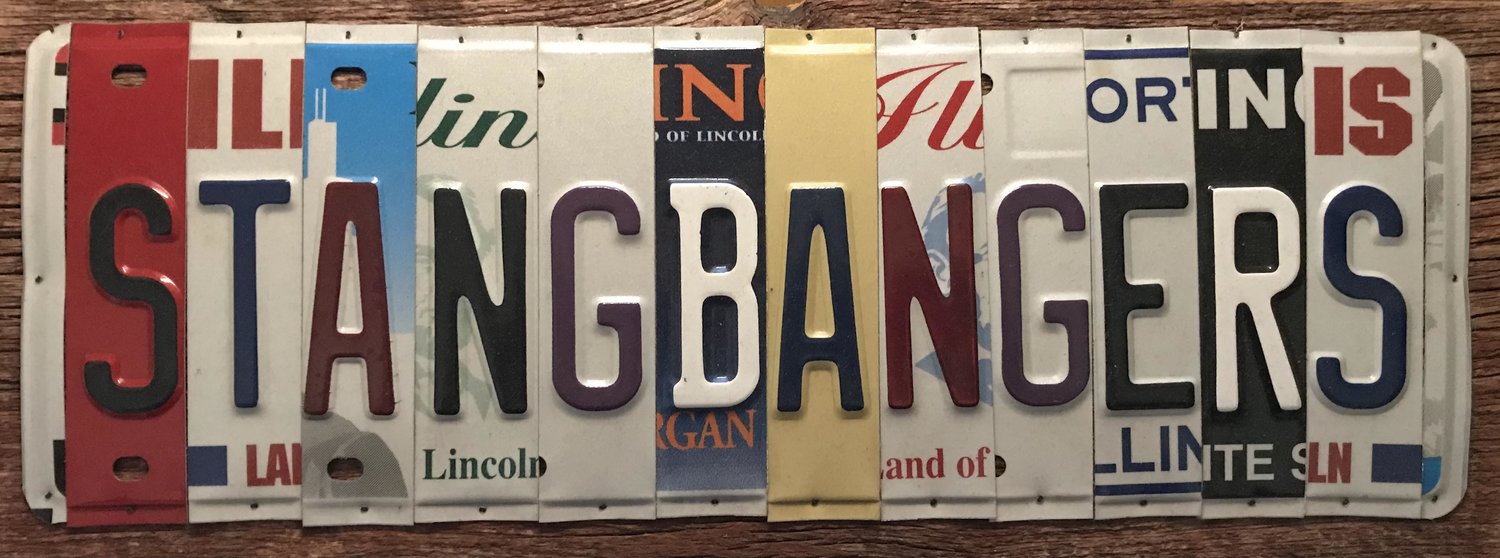How the 2020 Ford Mustang Shelby GT500’s 760HP 5.2L Predator is ‘Built Ford Proud’ on the Romeo Niche Line
Halo Horsepower Heaven.
Donning safety vests and goggles, and we enter the main floor of the sprawling, Romeo Engine Plant. Remaining vigilant to stay within the painted safety path, we follow Manufacturing Engineer Brad Omaits through the 2,043,778 square-foot facilities. The building is eerily quiet, as the 2.3- and 6.2-liter engine parts aren’t running down the line. That is of little concern. We are on the way to a special place — a place where dreams are constructed.
It’s not that other areas of the company don’t build cool stuff, but there is a place where the company’s elite technicians build the company’s most precision, high-output powerplants. Since 1996, when it was created to build the Four-Valve 4.6-liter V8 powering the Mustang Cobra, the Niche Line remains the place where the Blue Oval’s elite eight-cylinder engines are assembled. From the Terminator to the Trinity and the GT350 to the first-gen Ford GT, the Niche Line is the birthplace of legends.
Despite its stature as the Valhalla of factory horsepower, the Niche Line is a truly hidden gem. As we snaked through the main plant, we saw what many think of when the term “assembly line.” It seemed there were miles of automated machinery designed to put engines together. As we rounded a corner, there was an unassuming storage cabin plastered with stickers, some of which you might see on a racer’s toolbox. On the door next to the cabinet, an ordinary sign hangs. It reads “Niche Line.”
As the door swings open, there is a small break room and upon exiting this sanctuary, visitors are greeted with a group of engines built on this line in the past all the way up to the present. Clear and present are several 760-horsepower 5.2-liter Predator V8s — the impetus for this visit.
The walls of the room are lined with pieces of the engines that power the 2020 Shelby GT500, while the oblong, 21-station assembly line is setup for engines to start from a bare block and orbit around to a complete, fully inspected engine ready to power Ford’s halo Mustang.




